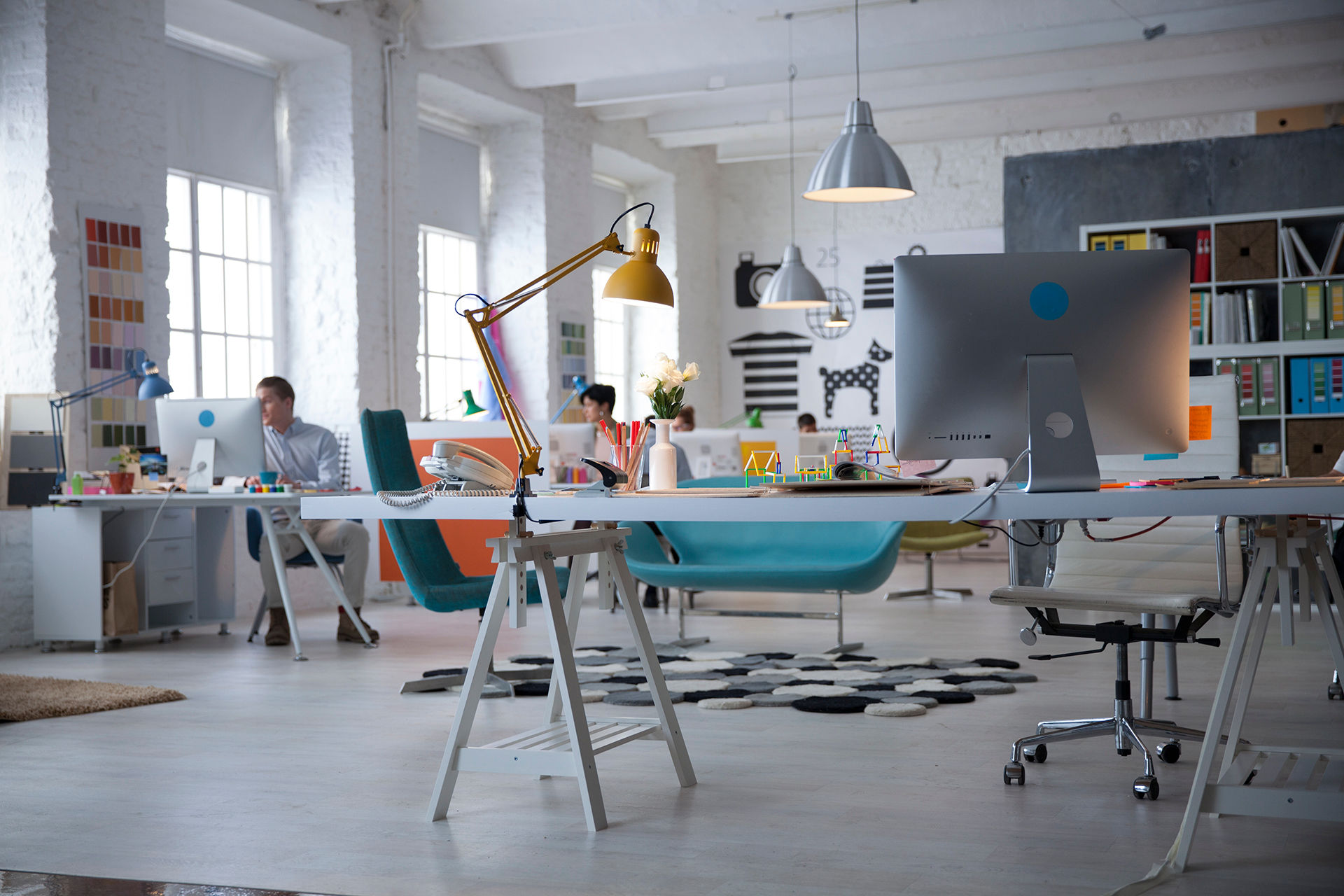The return of the PDA (from the 1990s)
- Xavier Zymantas, XYZ Media Group
- Jan 6, 2018
- 2 min read
A mobile phone is no longer just a mobile phone. It connects to the internet, plays music, sends emails, takes photos, keeps track of your appointments, plays videos and movies, plays games, and keeps you entertained.
As technology gets smarter and people's acceptance of technology becomes a reliance on a screen, the stage is set for the return of the humble PDA from the 1990s. Give it a modern update, and you're done.
The return of the PDA (from the 1990's)
As more smart things start to be built and sold, they need chips that connect wirelessly via LTE, Bluetooth and Wifi, and have long battery life. Qualcomm's Snapdragon family of chips perfectly suit this type of device, when compared to chips from Intel and AMD.
Expect to see more PDAs make a return from the 1990s, updated to today's standards. Personal Digital Assistants were the forerunner to the smartphone, and combined a clock, calendar, to-do list, alarm, reminders, notes, address book, and sometimes phone connectivity, into a small pocketable device, that either had a small physical keyboard or a touchscreen with a stylus.
PDAs were manufactured by Sharp, Palm, and others, well before the iPhone existed. PDAs were relegated to the bin or the bottom draw with the release of the BlackBerry - a smart, secure, telephony-enabled PDA with a great keyboard and secure corporate software.
BlackBerry was in turn crushed by the rise of the iPhone and then later by Android.
Get set
The return of the PDA powered by Qualcomm Snapdragon will be another filip for Qualcomm, giving vendors the choice to use Android or Windows-on-ARM for the operating system.
Get set to see personal digital assistants (PDAs) emerge from existing Android phone manufacturers such as Samsung, Motorola, Sony, LG, HTC, Huawei, and others. We may even see HP re-launch the Palm brand.
Until next time,
Xavier Zymantas
XYZtech
XYZ Media Group






Comments